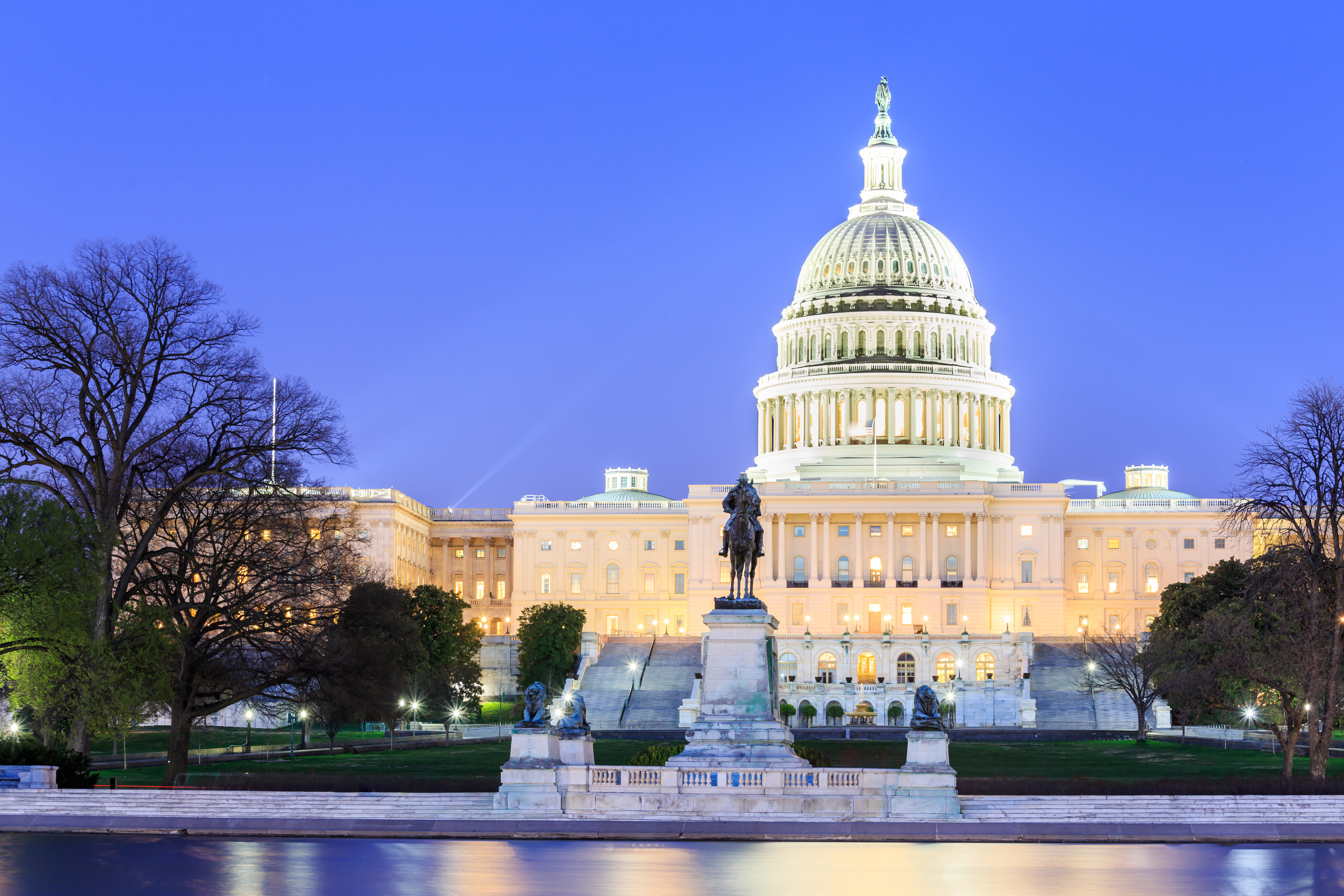The Affordable Care Act 2017: What Stays, What Changes, and Thoughts on How it Happens
With much buzz in the media surrounding the future of the Affordable Care Act (ACA) amidst a Trump-administration, I’d like to focus on a few points to help us better frame a realistic discussion about the future of the ACA and American healthcare. Beyond the millions of Americans reliant upon government subsidies for affordable healthcare, there is also roughly 20% of America’s gross domestic product, according to a recent report, that is fueled by stakeholders in the insurance or healthcare industry.
In other words, there are a lot of lobbyists that will be weighing in on discussions surrounding the future of American healthcare. So what do we know?
“Repeal and Replace”
First, the Republican platform has never been to merely repeal the ACA, but repeal and replace.
So, replace it with what, and when does that happen?
First, we might expect to see some shifting of health regulation and delivery design prerogative back to where it has historically resided with the states. The ACA was a paradigmatic shift for healthcare policy, placing greater overarching Federal control over healthcare regulations. Much discussion on the Republican side of the argument has advocated for less Federal control and more state autonomy.
In a statement issued by President-elect Trump’s transition team, we can see outlining principles of the ACA’s intended replacement:
The Administration recognizes that the problems with the U.S. health care system did not begin with – and will not end with the repeal of – the ACA. With the assistance of Congress and working with the States, as appropriate, the Administration will act to:
- Protect individual conscience in healthcare
- Protect innocent human life from conception to natural death, including the most defenseless and those Americans with disabilities
- Advance research and development in healthcare
- Reform the Food and Drug Administration, to put greater focus on the need of patients for new and innovative medical products
- Modernize Medicare, so that it will be ready for the challenges with the coming retirement of the Baby Boom generation – and beyond
- Maximize flexibility for States in administering Medicaid, to enable States to experiment with innovative methods to deliver healthcare to our low-income citizens
We also know that the new administration favors the use of Health Savings Accounts, and plans to expand the eligibility provisions in order to increase participation in HSAs.
What Stays?
President-Elect Trump has made public proclamations affirming some aspects of the ACA. Specifically, he has mentioned in interviews that he is in favor of retaining provisions that young adults may remain on their parent’s health insurance until age 26, and that insurance carriers cannot discriminate based on pre-existing conditions.
Subsidies for health insurance are a different story. While President-Elect Trump has not specifically denounced the use of subsidies, he has criticized the burden that the shared-employer mandate has placed on businesses—the penalties associated with the mandate were meant to serve as the primary revenue generator for government subsidies. If the subsidies are going to stay, and the burden is to be lifted from employers, then someone has to pick up the tab.
How Does the Transition Occur?
The Republicans do not have a veto-proof majority in the Senate, which is an obstacle to a full repeal. “They can, however, use the reconciliation process to repeal certain aspects of the law’s major provisions,” writes Employee Benefits Counselor, Alden Bianchi. “The most likely approach would instead involve an immediate repeal coupled with a transition period that lawmakers could use to develop and pass a replacement that would help people stay insured.”
In other words, given the amount of harm that would come from an immediate repeal, it’s more likely that the ACA will remain the current law of the land until a suitable replacement can be installed. This could arguably take President-elect Trump’s entire first term to accomplish.
In short, President-Elect Trump has not left himself any wiggle-room to sidestep his promises to repeal the Affordable Care Act. But reality always wins over rhetoric. While there are many who’d be perfectly happy to wake up on January 21st, 2017 to the pre-ACA days of 2010, we’ve likely got some more waiting to do, and 1095-Cs to complete, before any official resolution posts.
{{cta(‘62485014-ed29-4b07-adc2-c0ac52ca3e21’)}}



